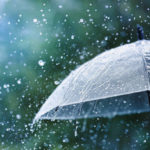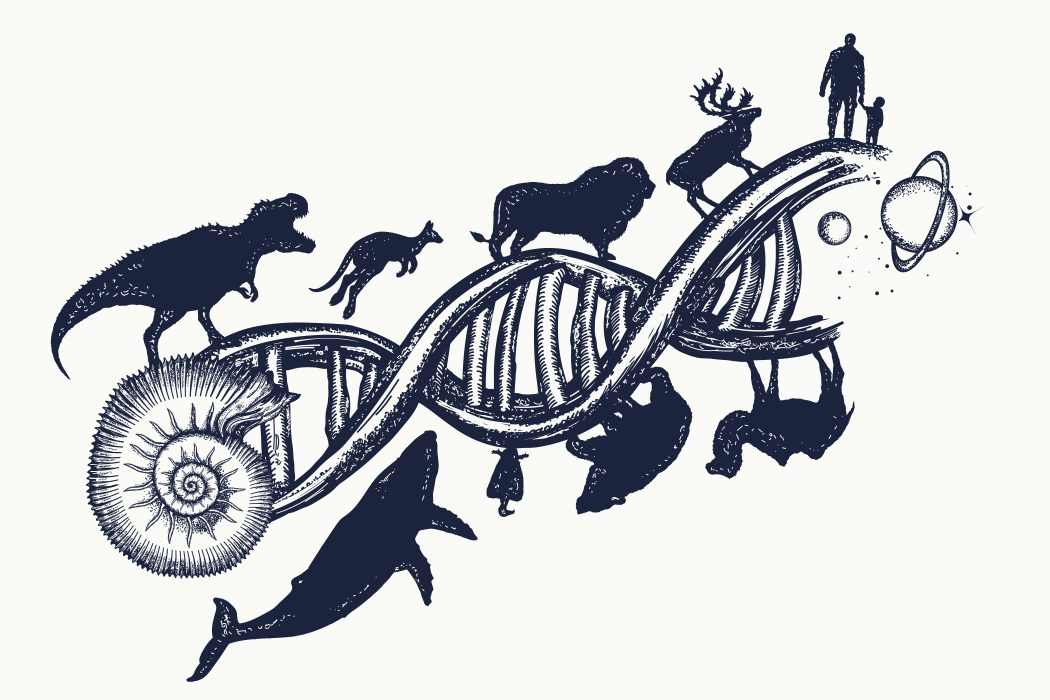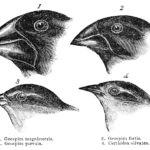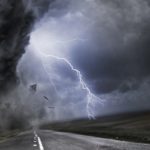The great white polar bear slowly glides across the snow covered ground in search of something to eat. In the distance, a white arctic hare is also looking for a meal. An arctic fox is on the prowl. These animals thrive in an environment which is very cold and unfriendly to most lifeforms.
What would happen if we moved a polar bear from the arctic tundra to the steamy rain forests of South America? How long would the bear survive? Probably not very long. However, we could move the bear from the Arctic Tundra in North America to the Arctic Tundra in Asia and he would be just fine.
The polar bear would not survive very long if we moved him to a different biome.
In order to better understand the world we live in, biologists have divided our planet into what they call biomes. A biome is a big word that simply means an area of land which shares similar characteristics.
Five Main Types of Biomes
It is important to understand that there is a great deal of debate amongst scientists over how to divide biomes. Thus, it is not uncommon to see biomes described differently in different places. Which is perfectly fine! Science is about disagreement, and about learning and refining ideas.
For this article, we are going to organize environments into five biomes. Which are forest, grassland, desert, tundra, and aquatic.
There are a couple of additional important things you should remember when thinking about biomes. First, as we already mentioned scientists do not all agree about how to divide the Earth into biomes. Second, it is not always clear where one biome ends and another begins. As an example, it may not be clear where a grassland ends and a forest begins. Third, a biome in one part of the Earth will be similar but not identical to a biome in another part of the Earth. Not all deserts are the same, likewise, not all rainforests are the same, and so on.
Tundra
Earth’s tundra biomes. Tundras can be found circling the Arctic Ocean throughout North America and Asia.
A tundra is like a very cold desert, getting less then 25 cm (9.8 inches) of rain and snow per year. The moisture that the Tundra does receive ends up locked in a layer of permanent frost called the permafrost. Even in spring, summer and fall, which all together only last about three months, this layer of permafrost never thaws.
Permafrost traps the waters of the tundra biome.
In the summer, the surface snow melts, creating pools of water, which are used by many plants and animals. During this short warm season, the tundra comes to life. Many flowers, insects, birds, and other animals can be seen. Very quickly, summer ends, and it is back to the long, harsh, cold winter.
Forests
Traveling south from the tundra, we begin to encounter forests. Starting with a coniferous forest, which is made up of several different kinds of evergreen trees called conifers. These giant trees are very hearty and able to endure the cold winters and poor soil conditions found in the coniferous forest.
In some areas, such as along the Rocky Mountains, these forests extend quite a distance south following the tops of tall mountains where the weather is cooler.
Exploring a coniferous forest you are likely to find many interesting plants and animals, including moose, deer, beaver, and many other types of rodents, and a variety of birds.
Traveling still further south, we find what are called the deciduous forests. These forests cover much of the Eastern United States and most of Europe. In order for a deciduous forest to thrive, the region must receive an average of about 75 cm (29.5 inches) of rain per year.
The trees of a deciduous forest shed their leaves in the fall, and grow new leaves each spring. As a result, the ground is covered in a layer of old and decaying leaves. This along with the increased rain and warmer weather means that the soil of a deciduous forest is richer than that of the coniferous forest. Also, because more sunlight reaches the forest floor, the ground is covered with a variety of wild flowers, ferns, and brush.
A deciduous forest has very long and warm summers. Winters are still cold, but not as cold and not as long as the coniferous forest.
Rain Forests
Moving further south, we come upon an area which scientists call The Tropical Rain Forests. This name comes from the fact that these forests receive a very large amount of rain each year. All of this water, along with a constant year round supply of warmth and sunlight,, have helped the rain forests grow into beautiful and rich gardens, covered with plants, flowers, insects, fruit, and animals.
Rain forests can be found throughout the world. The largest, known as the Amazon Rain Forest, is found in South America. Other rain forests are found in Africa, Asia, the South Pacific, and even in Australia.
The amazon rain forest.
Rain forests contain a wide variety of diverse life forms. Almost half of all living things on Earth can be found living inside these amazing habitats. The plants and animals here have become highly specialized, depending on each other to survive. Certain species of insects have evolved specifically to care for, and pollinate a specific species of plant. This type of specialization is common in the rain forests.
Grasslands
Zebras lazily graze on the delicious grasses. Nearby gazelles merrily play with one another, jumping to and fro. Suddenly a large female lioness leaps out from invisibility. The chase begins.
The grassland biomes of Earth support many different kinds of large and small grazing animals, as well as carnivorous animals who feed on them. From the large African Elephant, to the tiny field mouse, lions, giraffe, hippopotamuses, crocodiles, and more. In North American grasslands, you might find a herd of American Bison, antelope, a variety of bird life, cougars, also known as mountain lions, bobcats, and more.
American grassland.
Grasslands can be found on every continent. Because these wide open spaces, and fertile soil make excellent farmland, many of the grasslands are disappearing, as farmers use them to grow gropes. In North America, grasslands have been almost completely replaced with large farms.
Deserts
What do you think of when you hear the word “desert”? Do you think of vast sand dunes, and little or no water in any direction? Do you imagine sage brush, and cactus? Or lizards, scorpions, and tarantulas? The desert biomes of Earth, though drier then the other biomes, are still a treasure chest of life.
Because deserts receive very little water, plants and animals have become specialized to survive under extreme conditions. Camels have evolved unique techniques of storing large amounts of water within their bodies. Like wise, cactus, and other desert plants have learned that to survive they must store the water they need so that it is available during the dry seasons.
The camel has become highly specilized to survive in the desert biome.
Because of their dry environment, desert soil is nutrient poor. The poor soil, and lack of water mean that the desert has very few plants. In a desert, it is common to see more dirt than plants. The desert biomes often experience very hot days, and very cold nights. Creatures that live here have to do well in both extreme heat, and extreme cold.
Aquatic
Aquatic biomes include all environments that are found under water. Such as ponds, swamps, rivers, lakes, and the oceans and seas of the world. Because 70% of the Earth is covered with water, this is by far the largest of the Earth’s biomes.






